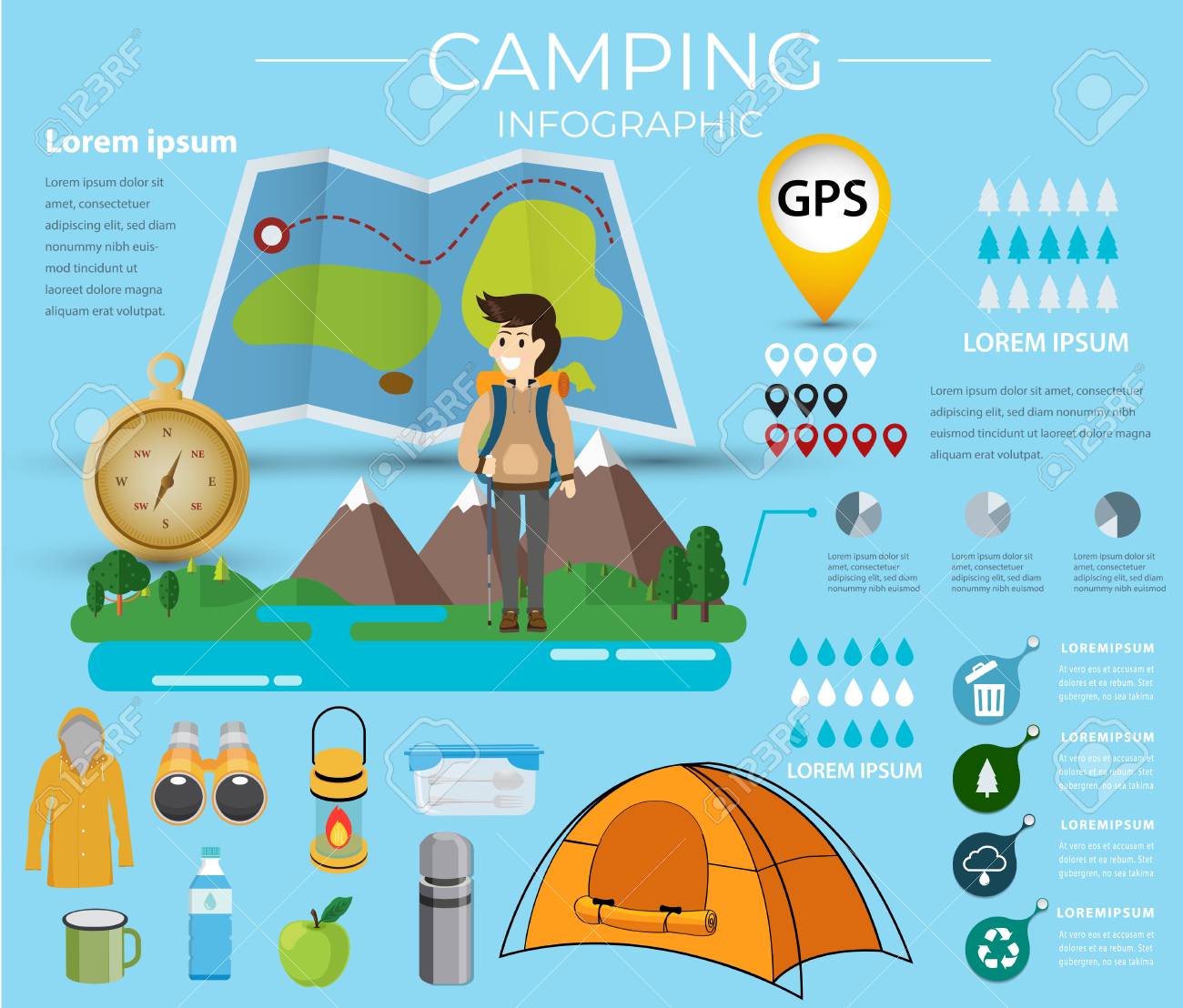A cooktop jack is a reinforced hole in the camping tent textile that securely accommodates woodstove pipes. Nevertheless, the procedure of suitable a stove jack can be intimidating for novice campers, and blunders in installation might cause outdoor tents fires or carbon monoxide poisoning.
Thankfully, a correctly fitted and kept range jack is just one of the safest enhancements to a canvas camping tent, like the Roamin Home Wanderer.
Placement
An oven jack is necessary to the capability and comfort of your canvas outdoor tents. Not only does it supply warmth and cooking convenience, however it additionally assists clear out moisture from your wall surfaces to maintain your camping tent comfy and dry throughout the seasons.
Keeping in mind that they're made to prevent the fire and flue from entering into contact with the canvas, it is very important to position your stove jack securely. Cooktop jacks ought to be put as away from the wall of your camping tent as feasible, in particular, the location that flickers and moves the most.
Our modular oven jacks allow you to position your departure factor for the pipe in either the roofing system or side wall surface of your outdoor tents, giving you full control over where you 'd like your smoke and exhaust to leave your sanctuary. Learn more regarding typical blunders campers make when suitable their stove jacks, and how to avoid them to secure on your own from tent fires and carbon monoxide poisoning.
Air flow
An oven jack gives a safe departure point for the pipeline of your outdoor tents stove, ventilating smoke from the interior of your camping tent. Without ventilation, harmful gases like carbon monoxide gas can accumulate inside the tent. The jack is also developed to avoid warm sources from touching the canvas of the outdoor tents, shielding the structure and materials from damage or fire.
Ideally, your flue pipe ought to prolong at the very least 6 inches over the top of the outdoor tents ridge. This allows the wind to blow sparks far from your roof covering, lowering the risk of them burning openings in the camping tent roof covering.
Ventilation also helps improve combustion efficiency and heating capacity. The materials your stove and flue pipe are made of capture heat given off by the smoke and fuel, raising their temperature and promoting further combustion. The jack then mirrors this heat right into the outdoor tents, aiding to maintain the inside of the camping tent warm and comfortable for longer periods.
Fuel
Ensure that you are making use of just fire-safe timbers which your oven is appropriately sustained. Prevent overworking the stove, as this can cause overheating that could bring about fire. In addition, shop combustible products like alcohol, aerosols and gas cylinders outside the tent to prevent them from creating a fire.
Oven Jacks are created to secure camping tents from heat, and the cloth they're made from is fireproof. Nonetheless, they are just camping gear developed to be used safely if they are properly installed and placed properly. Guarantee that the stove pipeline is aiming up and down with the hole, as any other angle can hinder proper air movement.
Stoves can continue to be precariously hot for hours after they are utilized and can damage or ignite outdoor tents material, resting bags, and other individual items if positioned as well close. Keep a fire extinguisher close by and make certain everybody knows where it is, along with exactly how to use it. In addition, constantly use fireproof bed linen like tent floor coverings and platforms to prevent warm from damaging your cushion.
Extinguishing
A fire can spread promptly, particularly when embers fly right into greenery or neighboring structures. Always maintain a water bucket and fire extinguisher convenient in case of a fire, and never leave a campfire unattended.
If developing a campfire, clear the area and usage designated pits. Make certain to check neighborhood camping area or public lands rules for any type of restrictions prior to creating a campfire. Stay clear of using liquid-filled heating systems, lanterns or candle lights inside tents; they can generate lethal carbon monoxide gas. Pack a mobile CO alarm system and multi-purpose fire extinguisher for included comfort.
Event camping tent fire safety conformity requires adherence to NFPA requirements and local legislations, as well as routine surveillance, personnel training on emergency situation procedures and efficient discharge techniques. Correct tent configuration, certified materials and electric equipment are essential elements for accomplishing conformity. Carrying out pre-event threat assessments, carrying out normal safety checks and interacting emergency situation protocols with guests aid minimize dangers and develop successful events that focus on attendee wellness.
